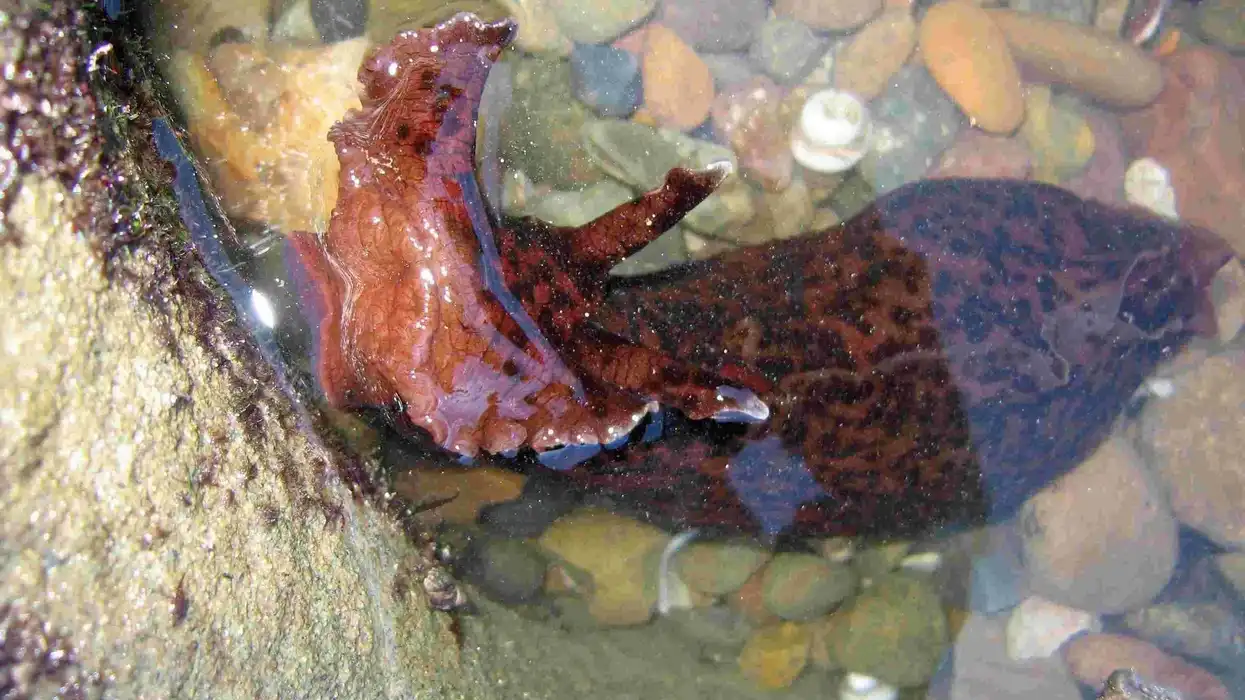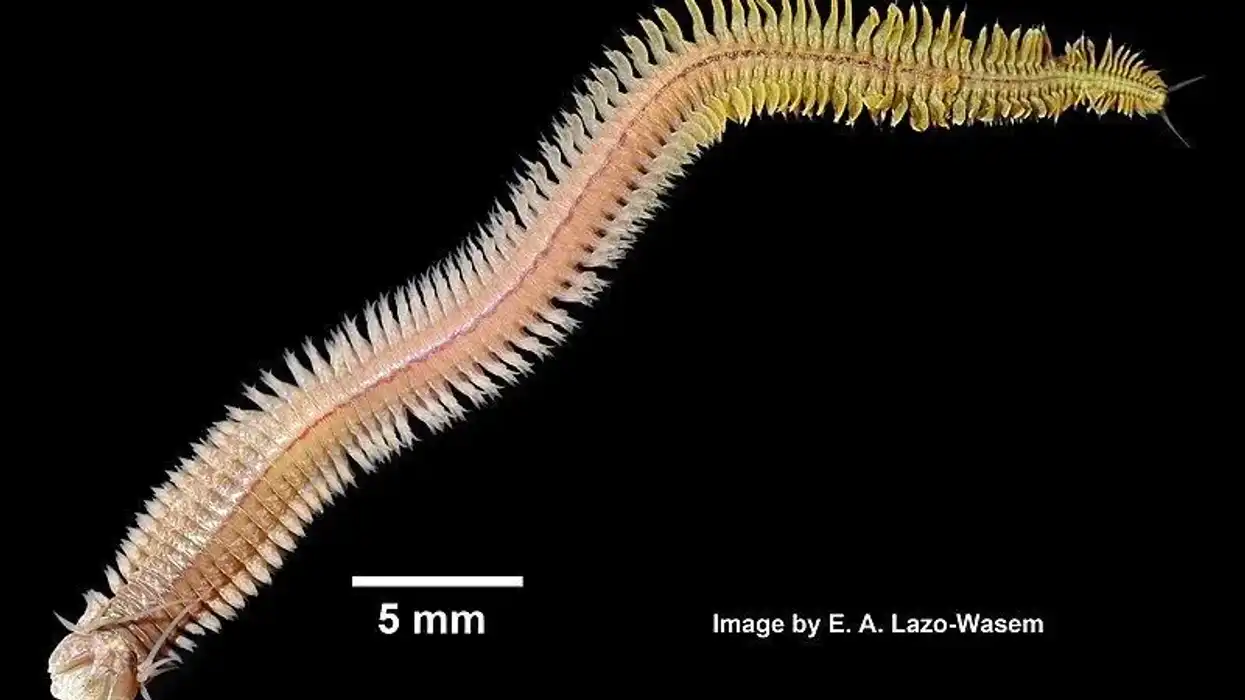The crabeater seal is a type of seal which is found in the Antarctic peninsula and on floating pack ice in this region. This Antarctic seal is also found near South America, South Africa, and New Zealand during the winter season when it travels north from the south.
They are the most abundant seals and the crabeater seal population size is the largest among all. The distribution of the population of these Antarctic seals is considered to be stable and rising because of the abundant exposure of these seals to krill fish which primarily makes up their diet.
The name of these Antarctic seals is a misnomer as their diet does not include crabs. However, their teeth are quite distinct compared to other seal species.
They are mostly threatened by killer whale species and leopard seals as they often eat vulnerable crabeater seal pups.
Their population is also considered to be quite stable due to the removal of baleen whales from their habitat. Previously, baleen whales also fed on krill fish but with their removal, crabeater seals now have plenty of krill fish to eat which is the main part of their diet, rather than crabs.
Keep on scrolling and reading for more amazing facts about the crabeater seal! If you liked this article with crabeater seal facts, also check out our other articles with some great facts about paca and kiang.
Crabeater Seal Interesting Facts
What type of animal is a crabeater seal?
The crabeater seal (Lobodon carcinophaga) is a type of seal.
What class of animal does a crabeater seal belong to?
The crabeater seal (Lobodon carcinophagus) belongs to the Mammalia class of Animal.
How many crabeater seals are there in the world?
According to the latest studies, the population distribution of crabeater seals has been approximated at 15-40 million seals in the world.
Where does a crabeater seal live?
Crabeater seals are primarily found on pack ice and in coastal areas around the continent of Antarctica. During the winter, crabeater seals are also spotted along the marine shorelines of New Zealand, Australia, South America, and a few countries in the southern part of Africa.
In southern Africa, crabeater seals can be spotted near the marine shorelines of South Africa and Tasmania.
What is a crabeater seal's habitat?
The habitat of crabeater seals is not varied at all. Crabeater seals are found near the Antarctic peninsula where there is a lot of pack ice. Crabeater seals are found on pack ice and in freezing waters in the Antarctic peninsula.
Who do crabeater seals live with?
Crabeater seals (Lobodon carcinophagus) are usually observed to be traveling alone or in small flocks. However, crabeater seals may also be found in groups with a high population of up to 1000 seals.
How long does a crabeater seal live?
Scientists and researchers have not yet been able to observe the exact lifespan of crabeater seals. However, most seals are considered to be long-living animals with an average lifespan of 30 years. Therefore, the crabeater seal can also be assumed to live for approximately 30 years once they grow into adult seals from crabeater pups.
How do they reproduce?
Crabeater seals attain sexual maturity at the age of three to four years old, and breeding occurs on pack ice found in the marine habitat near the Antarctica. The breeding season extends from the months of October to December as females give birth to one pup each year after a gestation period of 11 months.
After the females have given birth, males from the surrounding areas come and defend the females and the young pups from attacks from predators and other seals. The male is not necessarily related to the pups or the father but helps defend the females and pups. These males approach the females after the breeding season is over.
A newborn crabeater seal pup weighs around 44 lb (20 kg) at birth and is weaned after three weeks. The mothers give birth to the crabeater seal baby and they stay near each other until weaning.
What is their conservation status?
According to reports from the International Union for Conservation of Nature (IUCN), the crabeater seal has been currently classified under the category of Least Concern.
Crabeater Seal Fun Facts
What do crabeater seals look like?
The color of the fur of the crabeater seal in Antarctica lightens throughout the course of a year. It has a long, pointed snout, and its body is quite thin compared to other seals.
This seal species is initially dark brown in color on its dorsal sides which soon turns into a lighter brown color with dark brown marks on the back and on each side.
The fur then changes to a blonde-silver color by the time summer arrives. The crabeater seal throat resembles the coloring of its overall pelage.
Among the crabeater seal physical features, the crabeater seal tooth is probably the most unique and distinct. Crabeater seal teeth are quite complex as each tooth has several rounded, pointed ends known as tubercles. This complex teeth structure is beneficial as the teeth act as filters through which they can easily catch and kill krill fish.

How cute are they?
The seals of this Antarctic species are quite cute! With their fat, tapered bodies and pointed faces, they look extremely adorable. However, they don't look as cute when they are ready to attack with their teeth.
How do they communicate?
While the exact communication pattern and behavior of crabeater seals are not known, it is assumed that they also communicate using the same technique as other seals. Most seals communicate by making whistling noises with their throat. For example, the weddell seal is known to make low whistle sounds.
How big is a crabeater seal?
The average crabeater seal size is around 6.6-7.9 ft (2-2.4 m) in length. The elephant seal is almost thrice the size of the crabeater seal species as their average length is 9.19-19.69 ft (2.8-6 m) compared to crabeater seal length.
How fast can a crabeater seal move?
The crabeater seal can move quite fast on land with a speed of 15.5 mph (25 kph). It can also dive up to a depth of 820.2 ft (250 m) underwater.
How much does a crabeater seal weigh?
The average weight of the crabeater seal species is around 440.53-660.79 lb (199.8-300 kg).
What are the male and female names of the species?
While there are no distinct names used to refer to male and female crabeater seals, a male seal is usually referred to as bull, while a female seal is referred to as a cow. Consequently, male and female crabeater seals are also called bull or cow.
What would you call a baby crabeater seal?
A baby crabeater seal does not have a unique, specific name. Therefore, a baby crabeater seal is referred to as a crabeater seal pup, following the usual terminology for baby seals.
What do they eat?
Crabeater seals primarily feed on the Antarctic krill fish (Euphausia superba), and they do not eat crabs. Apart from that, they can also feed on other sea mammals related to the molluscan class and other fishes abundant in the Antarctican habitat.
Are they dangerous?
Cranbeaters are not known to be dangerous to human beings. As they do not eat crabs, they are only dangerous to their prey such as krill fish that they feed on.
In most cases, these marine seals face danger from predators like leopard seals and killer whales. Crabeater seal pups might be attacked by leopard seals when they are vulnerable, and some of them also carry scars on their pelage from those attacks when they grow up.
Would they make a good pet?
The habitat of crabeater seals makes it quite clear that they are not meant to be kept as a pet. The crabeater seal habitat is quite distinct and specific as it can only exist on pack ice and in freezing waters which is difficult to replicate in captivity.
This is why there are not many crabeater seals in zoos as well.
Did you know...
Pinniped refers to marine mammals who have flippers at their front and rear ends. Out of all the pinnipeds, crabeater seals are known to venture further inland from the coastline than any other mammals.
Why are they called crabeater seals?
The name crabeater seal does not really fit this species as the crabeater seal diet does not consist of crabs at all. Their name is thought to have descended from the German word 'krebs' that refers to all sea-dwelling crustaceans, including crabs.
How do crabeater seals protect themselves?
After the female crabeater gives birth, a male seal approaches her and her pup aggressively. The female then starts to attack the male back in order to protect herself.
When crabeater seals are approached by other predators, they start to hiss and bare their teeth, along with making snorting sounds. They also start to roll over in order to escape their predator's grasp.
Since crabeater seals live in a habitat with extremely cold temperatures, they stay warm with the assistance of a thick layer of fat in their bodies which is known as blubber. This layer of fat traps warmth in their bodies and is one of the many crabeater seal adaptations known to scientists.
Here at Kidadl, we have carefully created lots of interesting family-friendly animal facts for everyone to discover! For more relatable content, check out these Asian small-clawed otter and hoary marmot facts for kids.
You can even occupy yourself at home by coloring in one of our free printable crabeater seal coloring pages.










